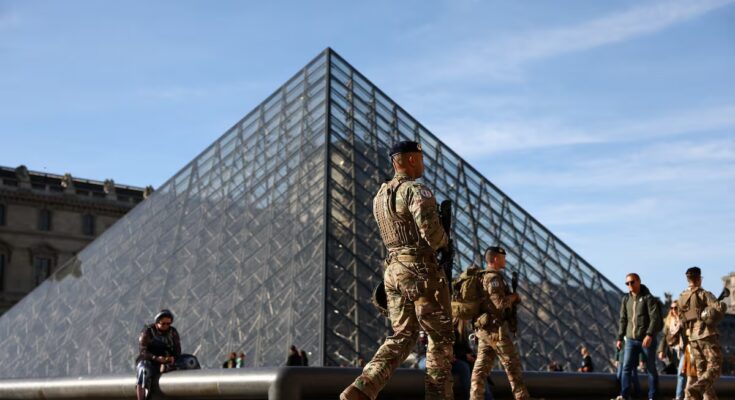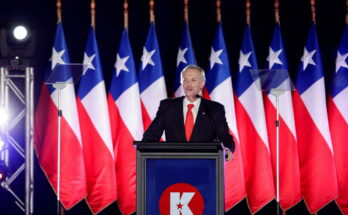The French Court of Auditors published its report on the management of the Louvre Museum on Thursday, less than a month after the theft of eight Crown Jewels on October 19. The organization, which prepared the document before the assault took place, covers the period from 2018 to 2024 and criticizes the fact that, during all these years, the museum’s management has given priority to the acquisition of works rather than the safety or improvement of the facilities. In eight years, 2,754 pieces were purchased.
The museum “has given priority to visible and attractive operations (in particular the acquisition of works) over the maintenance and renovation of buildings and facilities, in particular security systems which, however, are essential to ensure the sustainable functioning of the institution and guarantee satisfactory conditions for visitors,” reads the document, more than 100 pages long.
In the period analyzed there have been two presidents: Jean-Luc Martínez, from 2013 to 2021, and Laurence des Cars, appointed that year and currently in office. In recent years the museum has mobilized only 27 million euros for maintenance work on the structures and 60 million for restoration work. This contrasts with the 105.4 million committed to acquiring jobs. According to the Court of Auditors, the procurement budget “must be adjusted based on other financing needs”.
The report was presented by Pierre Moscovici, president of the Court of Auditors. “Our first finding is that the Louvre has fallen significantly behind in the modernization of its technical infrastructure and the restoration of the palace, a delay that must be remedied as soon as possible. These investments are essential to ensure the long-term viability of the institution,” he said in the presentation of the report.
He stressed that the museum “did not realize the urgency of the situation until 2023”, after the Claude Gillot and Naples exhibition in Paris had to be closed early due to technical problems. The museum estimates the cost of the necessary renovation works at 480 million euros over ten years.
“The Louvre is faced with a paradox. Even though its own resources have increased considerably during the period examined, its medium-term financial trajectory is fragile,” said Moscovici, who underlined that the museum “is not a victim of insufficient resources (…). The problems are not due to the decrease in its resources, which are considerable, but to the definition of its strategic direction.”
After the robbery at the Louvre on the 19th, the investigations continue. Seven people have been reported, of which four are in precautionary custody. At the moment, the eight Crown jewels have not been found, which four attackers took by breaking the display cases where they were located in the Apollo Gallery, one of the most visited rooms of the museum, with radials.
The report presented addresses the controversy over security cameras, a poor surveillance network (1,300 throughout the structure) taking into account that an average of 300,000 people pass through the museum rooms per day and that it is the most visited museum in the world (eight million people every year). In the Denon wing, the one that houses the room where the Mona Lisaonly 64% of spaces are covered by cameras. “The theft of the Crown Jewels is undoubtedly a warning sign,” Moscovici denounced.
The president of the Louvre received the report from the Court of Auditors last week, after the robbery, and regrets that “a table detailing the video surveillance equipment inside the museum” was included in the report, due to the “particularly sensitive and confidential nature of the information”, which was “maliciously disseminated by the press” after the attack.
This Friday an extraordinary board of directors will be held in which it is expected to review the governance and organization of the museum, the creation of a security department that reports directly to the president and the immediate installation of anti-intrusion devices in the building and public space.



